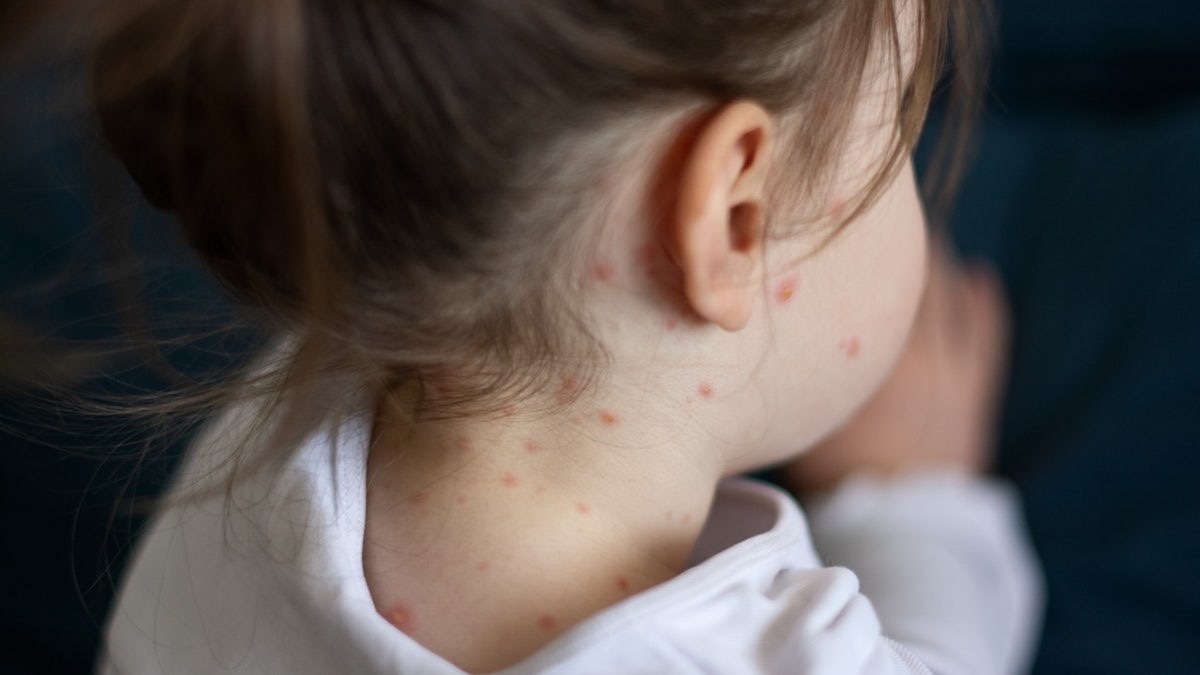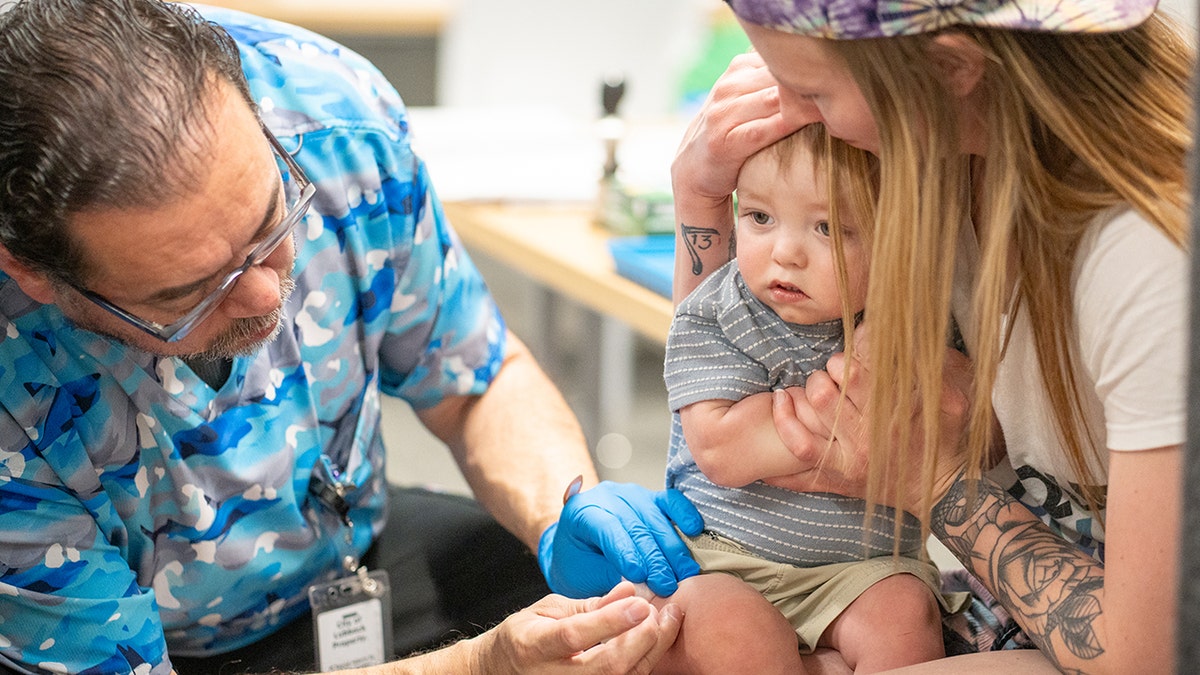Los Angeles County Child Dies Years Later from Rare Measles Complication: Understanding SSPE
The news of a child in Los Angeles County succumbing to Subacute Sclerosing Panencephalitis (SSPE), a devastating and rare complication of measles, has sent ripples of concern throughout the community. While measles itself is a highly contagious but generally manageable disease, this tragic case underscores the potential for long-term, fatal consequences, even years after the initial infection. This article aims to provide a comprehensive understanding of SSPE, its connection to measles, and the importance of vaccination in preventing this rare but deadly outcome.
What is Subacute Sclerosing Panencephalitis (SSPE)?
SSPE is a progressive neurological disorder that affects the central nervous system. It’s a very rare, but invariably fatal, complication of measles. The disease typically manifests years after the initial measles infection, often between 7 and 10 years later. SSPE is caused by a persistent infection of the measles virus in the brain.
Understanding the Cause and Progression of SSPE
While the exact mechanisms leading to SSPE are still being researched, it is understood that the measles virus, in rare instances, can remain dormant in the brain after the initial infection. Over time, this persistent viral presence triggers a slow and progressive inflammation and degeneration of the brain.
The progression of SSPE typically involves several stages:
- Early Stage: Subtle changes in personality, behavior, and intellectual function. These early signs can be easily overlooked.
- Middle Stage: Myoclonic seizures (sudden, involuntary muscle jerks), progressive cognitive decline, and motor difficulties.
- Late Stage: Severe neurological impairment, including rigidity, blindness, coma, and ultimately, death.
The Link Between Measles and SSPE
The crucial connection between measles and SSPE is undeniable. Measles is the sole cause of SSPE. The risk of developing SSPE is significantly higher in children who contract measles at a young age (under 2 years old). While SSPE is rare, the fact that it is entirely preventable through measles vaccination highlights the importance of herd immunity.
Why Vaccination is Critical in Preventing SSPE
The measles, mumps, and rubella (MMR) vaccine is a safe and highly effective way to prevent measles infection. Vaccination not only protects the individual but also contributes to herd immunity, which protects vulnerable populations who cannot be vaccinated, such as infants and individuals with certain medical conditions.
Key benefits of MMR vaccination:
- Prevents Measles Infection: The MMR vaccine is highly effective in preventing measles.
- Eliminates SSPE Risk: By preventing measles, the MMR vaccine eliminates the risk of developing SSPE.
- Protects the Community: Vaccination contributes to herd immunity, protecting those who cannot be vaccinated.
- Safe and Effective: The MMR vaccine has been extensively studied and proven to be safe and effective.
The Importance of Herd Immunity
Herd immunity is achieved when a large percentage of the population is immune to a disease, either through vaccination or prior infection. This immunity protects those who are not immune, as the disease is less likely to spread. When vaccination rates decline, herd immunity weakens, and outbreaks of preventable diseases like measles become more likely, increasing the risk of rare complications like SSPE.
What to Do if You Suspect SSPE
If you suspect that your child may be exhibiting symptoms of SSPE, it is crucial to seek immediate medical attention from a neurologist specializing in pediatric neurological disorders. Early diagnosis and supportive care can help manage symptoms and improve the quality of life, although there is currently no cure for SSPE.
Conclusion
The tragic death of a child in Los Angeles County from SSPE serves as a stark reminder of the potential long-term consequences of measles infection. While SSPE is a rare complication, it is entirely preventable through vaccination. Ensuring high vaccination rates within the community is essential to protect vulnerable individuals and prevent future tragedies. Understanding the link between measles and SSPE, and the importance of the MMR vaccine, is crucial for safeguarding public health.
Frequently Asked Questions (FAQs)
1. How common is SSPE?
SSPE is very rare. The estimated risk is around 1 in 10,000 to 1 in 100,000 individuals who contract measles, with a higher risk for those infected before the age of 2.
2. How long after measles infection does SSPE develop?
SSPE typically develops several years after the initial measles infection, often between 7 and 10 years later. However, it can occur as early as one year or as late as 30 years after measles.
3. Is there a cure for SSPE?
Unfortunately, there is currently no cure for SSPE. Treatment focuses on managing symptoms and providing supportive care to improve the patient’s quality of life.
4. How can I protect my child from SSPE?
The best way to protect your child from SSPE is to ensure they receive the MMR vaccine according to the recommended schedule.
5. What are the early symptoms of SSPE?
Early symptoms of SSPE can be subtle and easily overlooked. They may include changes in personality, behavior, and intellectual function. If you notice any unusual changes in your child’s behavior or development, consult with your pediatrician.




